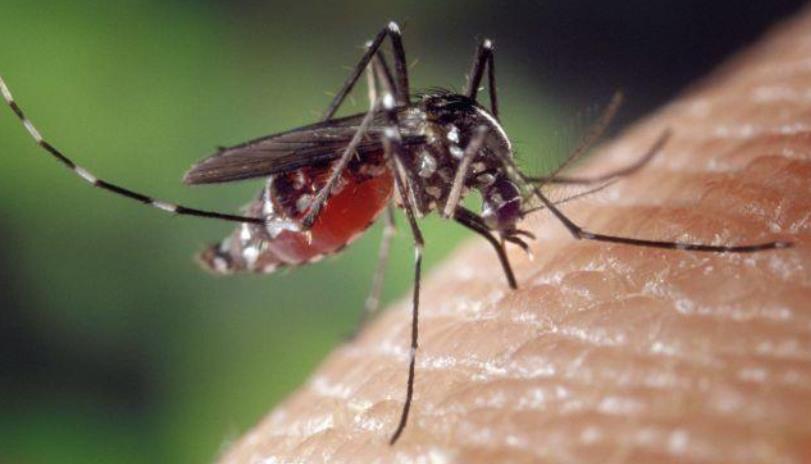
1. Anopheles mosquito (nüè wén)
Anopheles mosquitoes are mosquitoes that cause malaria disease. Generally, this kind of mosquito is called Aedes mosquito in the south. After it bites a person, it can transmit malaria to humans through the blood. Malaria, also known as miasma, is a disease transmitted by Anopheles mosquitoes. According to the "Global Malaria Report 2020" released by the WHO, in 2019 alone, 229 million cases of malaria were reported worldwide. A rough estimate is that more than 490,000 people have died from malaria, most of them infants and young children in the poorest areas of Africa. All kinds of data show that mosquitoes, this humble little creature, are simply the number one killer of humans on earth.
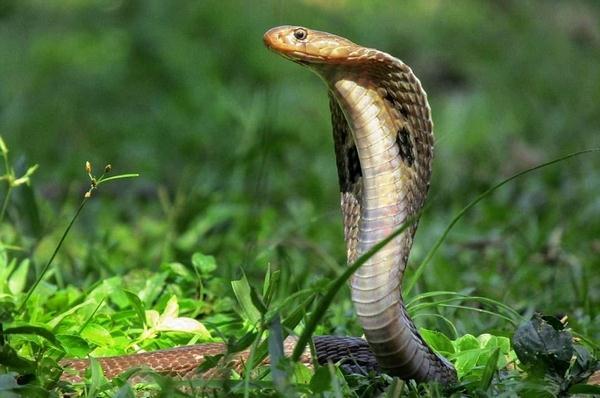
2. Indian Cobra
The Indian cobra is a species of snake in the genus Cobra of the family Ebradae. The venom of the Indian cobra is a strong neurotoxin. The neurotoxin mainly attacks the heart, muscles, and nerves of the respiratory system. Therefore, the wound will not be very painful. The toxin will block the organs and nerves. Systemic connection, leading to muscle paralysis, respiratory failure, and cardiac arrest. One ounce of Indian cobra venom is worth US$9,000. Usually, after being bitten by an Indian cobra, burning pain and numbness will occur at the bite site, as well as unsteady gait, limb weakness, drooping head, ptosis, salivation, nausea, Vomiting, difficulty swallowing, slurred speech, followed by quadriplegia, weak breathing, and conscious suffocation. Eventually, death may occur due to respiratory center paralysis and heart failure. The time between bite and death ranges from 30 minutes to 30 hours.
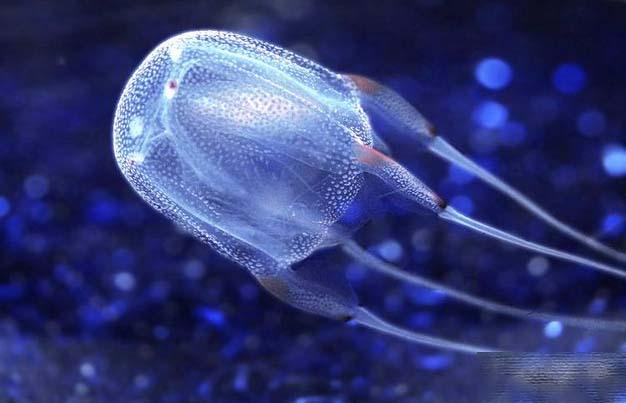
3. Australian Box Jellyfish
The Australian box jellyfish, also known as the sea wasp, is a transparent killer in the ocean. It is a jellyfish that lives in Australia and northern New Guinea, the Philippines and Vietnam. They are responsible for countless human injuries or deaths around the world and are considered the deadliest jellyfish. The box jellyfish is only about 16 inches long and has four eye clusters for a total of 24 eyes. Thousands of stinging cells that store venom grow on the tentacles. Not only malicious attacks, but also inadvertent scratches on shells or skin can irritate these tiny stingers. It will frantically inject anyone or anything with the most potent neurotoxins known to anyone who dares to mess with it.
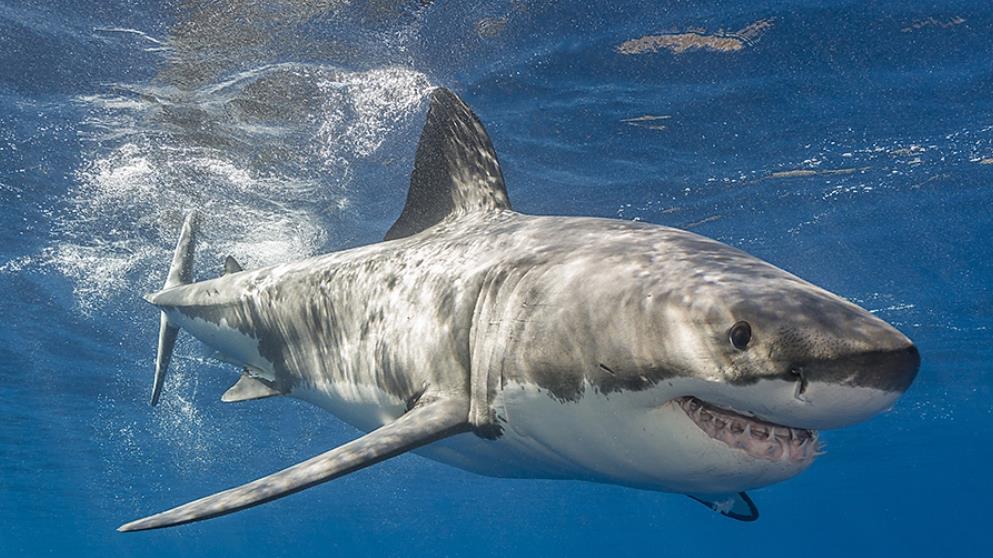
4. Man-eating shark
The man-eating shark is a large and ferocious shark. The body is spindle-shaped and the trunk is stout. The head is generally long. There is a depression above and below the base of the tail. It is active and good at swimming, with an average cruising speed of 3.2 kilometers per hour. It can sprint suddenly and sometimes jump out of the water. It is the largest among predators. It is ferocious and preys on various fish, sharks, rays, cephalopods, crabs, seabirds, turtles, seals, dolphins, whales, animal carcasses, etc. It has records of attacking ships and humans, making it the most ferocious shark. One of the categories.
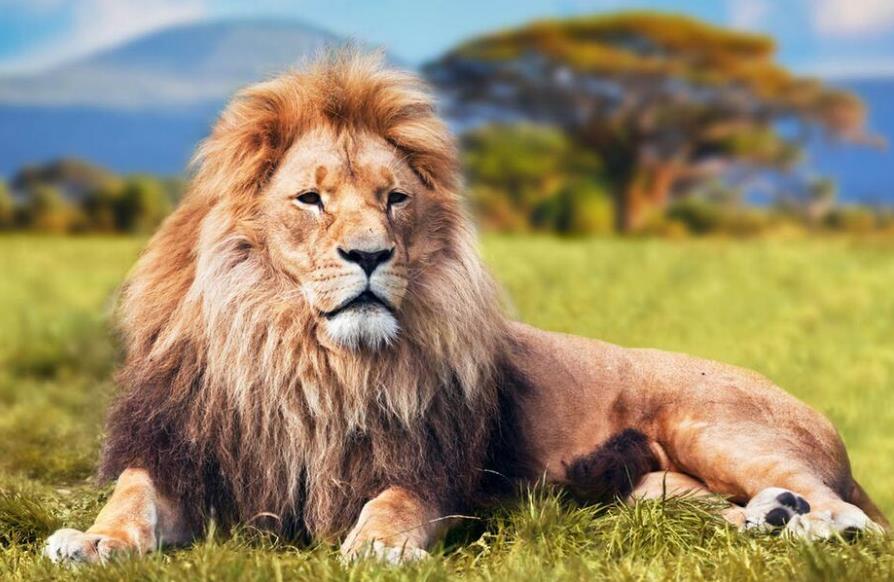
5. Lion
The lion is the largest living cat in terms of average weight, and it is also the only dimorphic cat in the world. Lives in tropical savannas and grasslands, and also occurs in shrubs and dry forests. It is carnivorous and often hunts other warm-blooded animals in ambush. Distributed in African grasslands, Asia and India. Lions live 10 to 14 years in the wild, and live longer in captivity, usually more than 20 years. Lions prey on a wide range of prey, often hunting African buffalo, gazelles, and giraffes, but they are more willing to hunt medium-to-large ungulates, such as zebras, impalas, and other types of antelopes. Sometimes lions also try to hunt wild boars and ostriches.
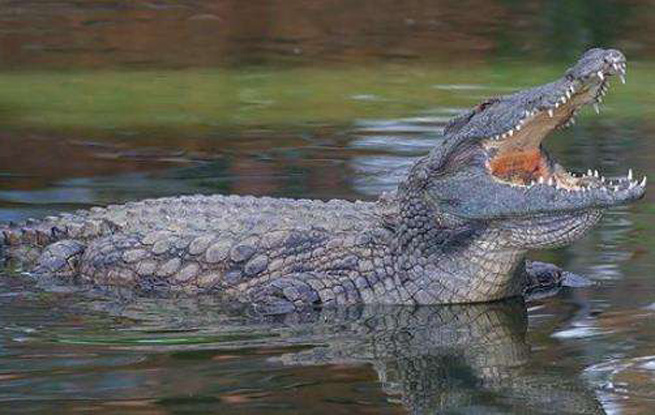
6. Crocodile
The crocodile is the largest reptile in the world. The largest crocodile in the world is 7 meters long. Because it is the only crocodile without large scales on the back of its neck, it is also called the "naked-necked crocodile". The crocodile is a large crocodile with a ferocious personality. It is located at the highest level of the wetland food chain. The ferocious appearance of the crocodile when hunting makes it a "cold-blooded killer" in people's eyes. The most deadly weapon of the "Killer" is its long, narrow and bloody mouth. This large mouth, which occupies one-sixth of the body length of the crocodile, has a huge bite force, about 200 kilograms per square centimeter, which is more than 10 times stronger than a human bite. The greatest economic value of the crocodile is the use of its hide to make leather, which is one of the most precious leathers in the world.
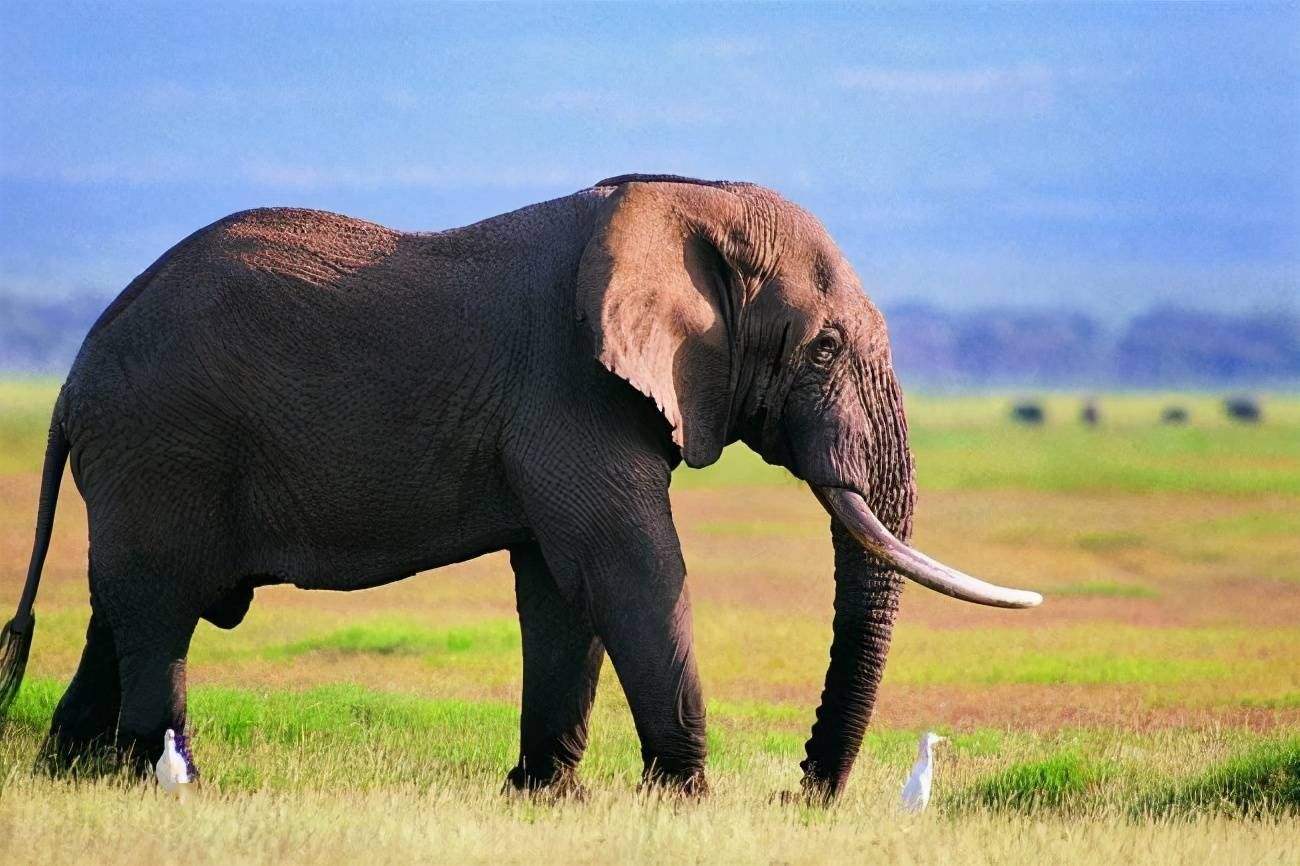
7. Elephant
Elephants are the largest mammals on land and feed on young leaves, wild fruits, wild grasses, wild vegetables, young bamboos and other plants. Although Elephants-Are-Endangered.html">elephants are pure vegetarians, due to their tall size, they are veritable Hercules and Giants in the land animal kingdom, and they have long trunks and tusks as weapons. Therefore, they have no natural enemies in nature except humans. They cannot see at night, so they are easily attacked by lions at night. Since ancient times, poaching for ivory and its skin has been the biggest threat to the survival of Elephants-Are-Endangered.html">elephants.
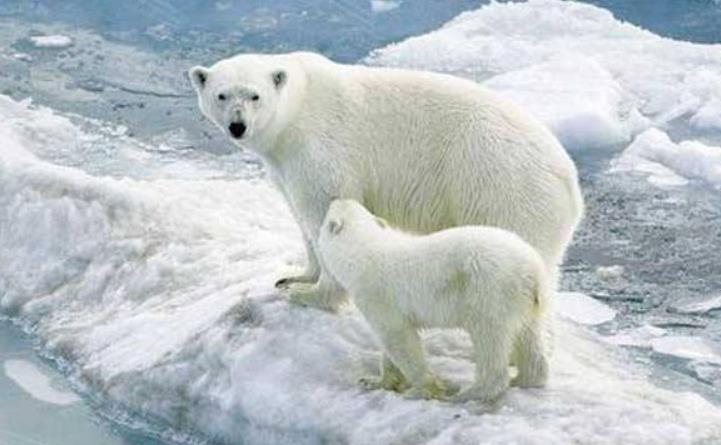
8. Polar bear
Polar bears are the largest terrestrial carnivores in the world. They generally move alone. They spend about 66.6% of their time inactive during most of the year. The remaining time is spent walking and swimming (29.1%), stalking prey (1.2%), or eating 2.3%. Polar bears are excellent swimmers and may search for food over a wide range. It is the most carnivorous species, with 98.5% of its food being meat. The main prey are seals and even larger species such as walruses and beluga whales. It also preys on seabirds, fish, and small mammals, and sometimes scavenges carrion. In summer they occasionally eat berries or plant roots. At the end of spring and summer, people will also go to the beach to pick up washed seaweed to replenish the minerals and vitamins needed by the body.
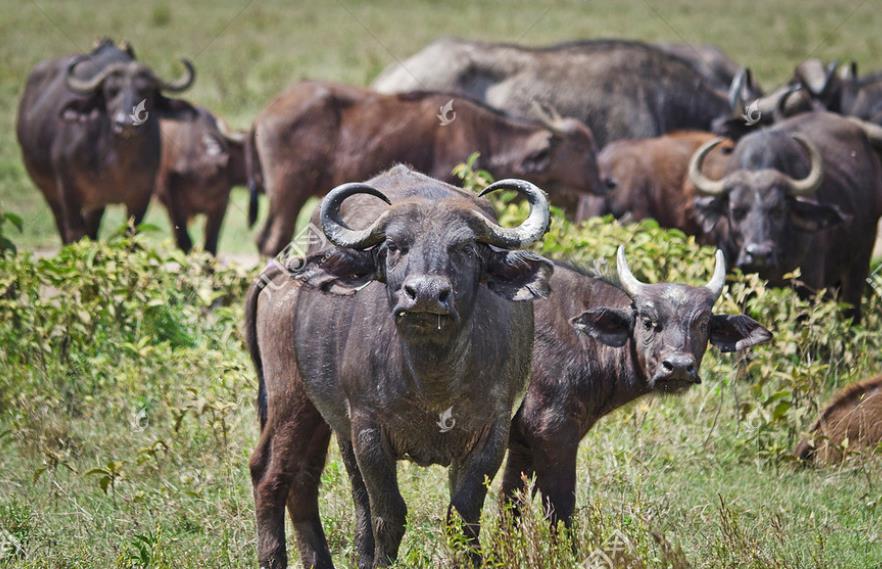
9. African wild buffalo
African wild buffalo are social animals, and only old or injured individuals will be left alone. The strongest bull in the herd will become the leader of the herd, command the herd, and enjoy the right to eat the best grass. It can be said that the African buffalo does not like water. It drinks water at least once a day and never strays far from the water source. They are nocturnal animals and avoid the hot sun during the day. They often hide in the shade or soak in pools or mud to keep their bodies cooler. The African wild buffalo is one of the most dangerous animals in Africa (the others are elephants, black rhinos, hippos and crocodiles). It is the most aggressive and ill-tempered species, and is also one of the animals that causes the most harm to people in Africa. Cows that are injured, alone or with their calf are particularly aggressive and are as dangerous as lions and leopards.
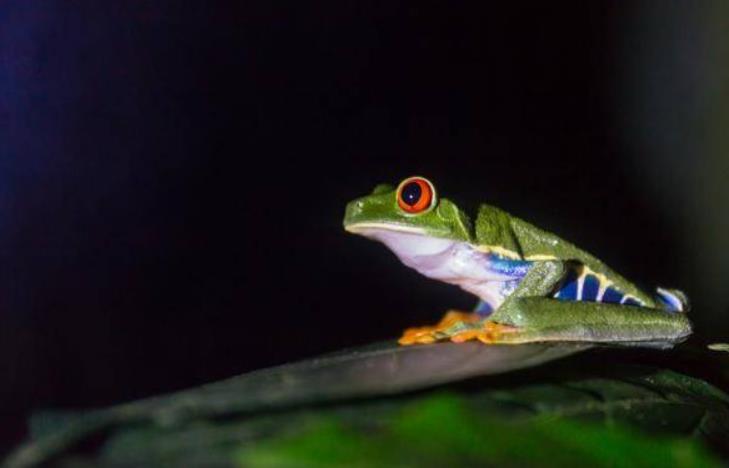
10. Poison Dart Frog
This frog is not big in size but has beautiful colors. But don’t be fooled by its beautiful appearance, let alone have “close contact” with it. The poison dart frog lives in Colombia. It can secrete a highly toxic neurotoxin on its back, which can prevent muscle movement and cause muscle damage.Paralysis of the flesh and breathing, eventually leading to death. A small poison dart frog can secrete enough venom to kill 10 people. It only takes 136 micrograms to kill a person weighing 68 kilograms.
animal tags:
We created this article in conjunction with AI technology, then made sure it was fact-checked and edited by a Animals Top editor.